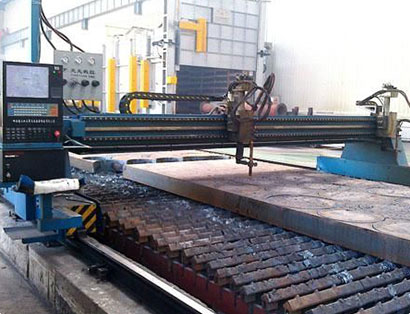
Flame Cutting

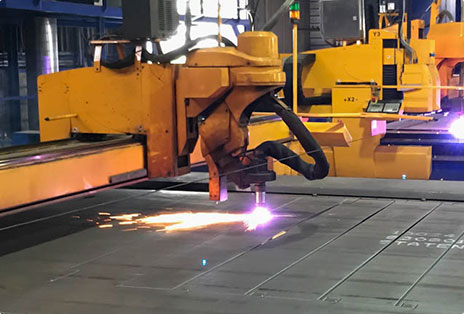
Feature: The Most Economical Cutting Process
Description: Flame cutting, also called oxyfuel cutting, is a common machining method for thick plate. Oxyfuel flame cutting is the most economical process to cut mild and low alloy steels, even with weld preparations. It is one of the most important production processes in metal industry.
Cutting Process
Oxyfuel cutting is a combustion process using oxygen/fuel gas flame. The heating flame brings the material up to its ignition temperature. Then a jet of Oxygen at least 99,5 % pure is blown onto the heated spot. The Oxygen jet oxidizes the metal. The torch is moved and a narrow cutting kerf is created, removing the slag from the kerf. Cutting quality depends on the surface condition, cut-velocity and thickness of the material.
Cutting Features:
Plate thickness: 3 mm up to 280 mm
Typical: 10 mm up to 260 mm
Cutting Features:
Plate thickness: 3 mm up to 280 mm
Typical: 10 mm up to 260 mm
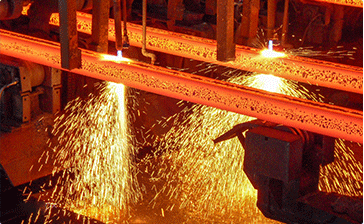
Advantages
Good edge quality
Low operating cost
Thick material cutting capability
Smooth and vertical cutting surface
Metallurgical perfect surfaces (oxidized)
Low operating cost
Thick material cutting capability
Smooth and vertical cutting surface
Metallurgical perfect surfaces (oxidized)
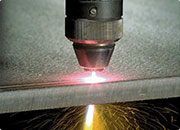
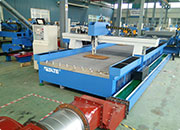

Primary uses
All low alloy steel with a material thickness up to several decimeters can use Flame Cutting. Despite the increasing significance of the other cutting processes such as plasma and laser cutting, oxyfuel cutting is still a very economical process. For heavy material with thickness up to 900mm, flame cutting is the only method to use.
Oxyfuel is also a good choice for those who primarily need to cut thick (more than 51 mm or 2”) carbon steel. In addition, oxyfuel can be an economical alternative if you don’t have many parts to cut and aren’t especially concerned about productivity or per-part profitability.
Oxyfuel is also a good choice for those who primarily need to cut thick (more than 51 mm or 2”) carbon steel. In addition, oxyfuel can be an economical alternative if you don’t have many parts to cut and aren’t especially concerned about productivity or per-part profitability.
